Cart
Your cart is empty
Your cart is empty
List is empty
Press ESC to close the search field

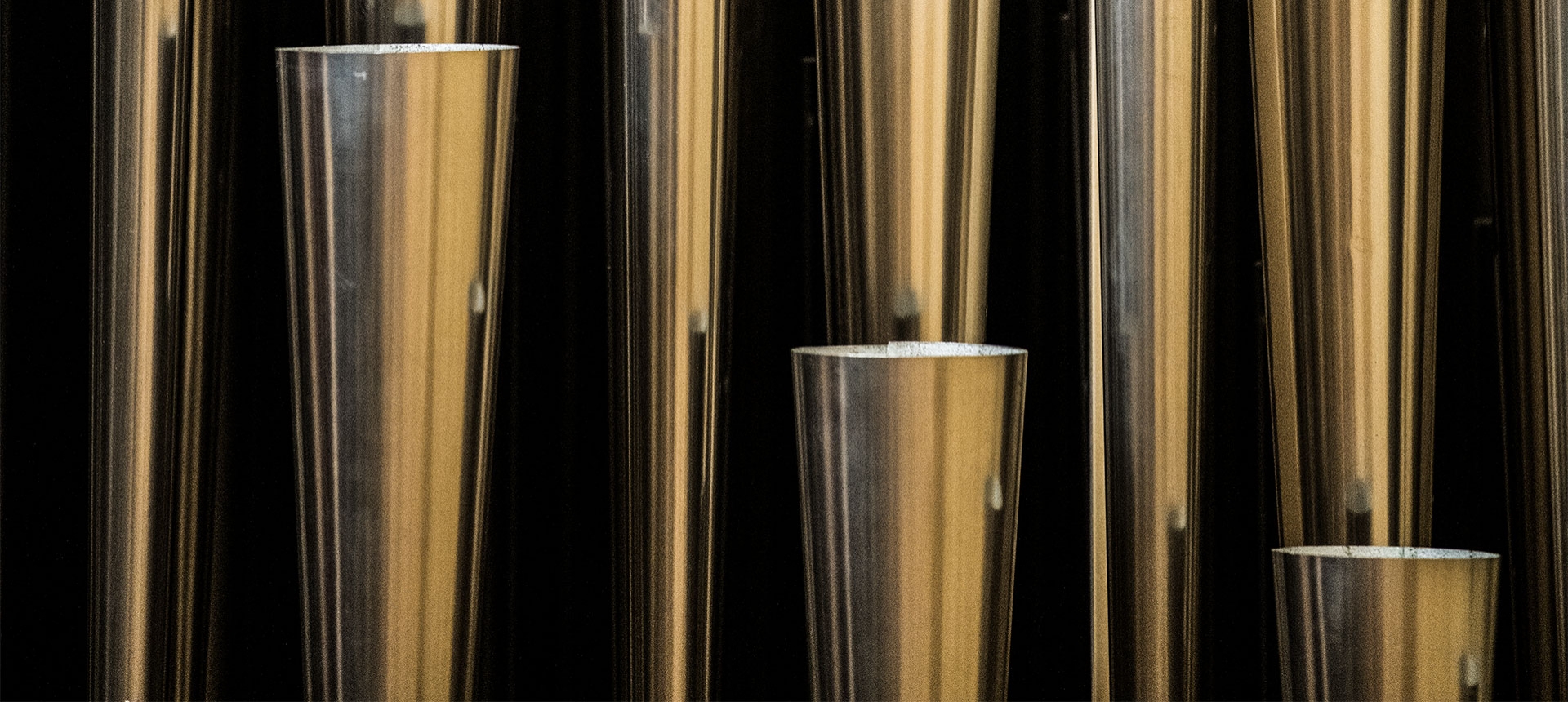
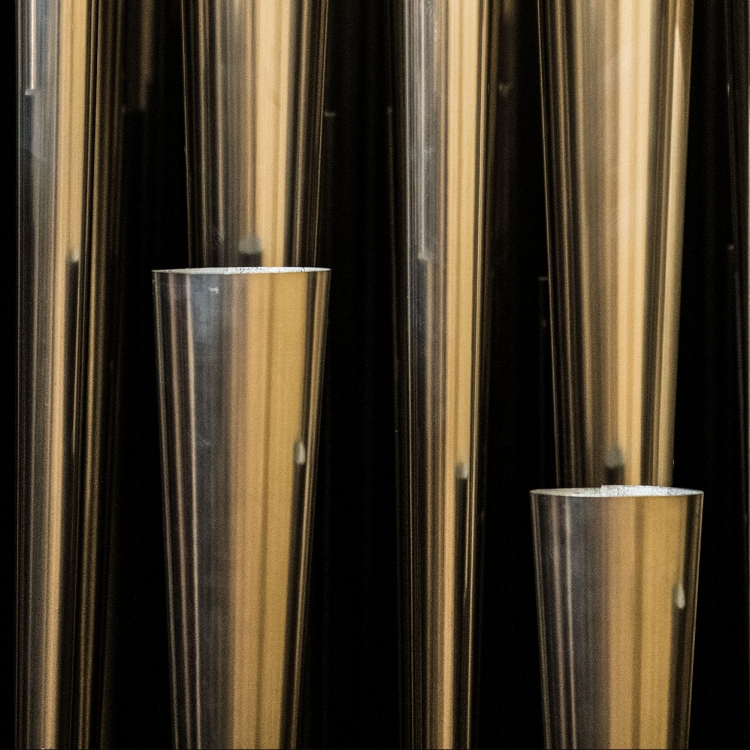
Event has already taken place. This event has been cancelled. Purchased tickets will be refunded.
This event has been cancelled. Purchased tickets will be refunded.
The aim of the Passacaglia’s ostinato bass is to put the listener in a trance when the end of each loop leads into the next beginning. Bine Bryndorf’s concert rests on this captivating effect, where the music of Johann Sebastian Bach meets works by Frank Martin, among others.
The organ is called the ”Queen of Instruments”, and for good reason: no other acoustic instrument is as varied in sound and dynamics, from the very weakest, solitary note to massive chords that cause vibrations in the floor and walls, which is guaranteed to happen in Stora Salen, the main auditorium in Gothenburg Concert Hall, when the sound from the more than 9,000 organ pipes fills the room! The instrument is so large that some of the organ pipes have been installed beneath the audience in the auditorium – when you sit on the parquet you can feel the vibrations from the bass pipes!
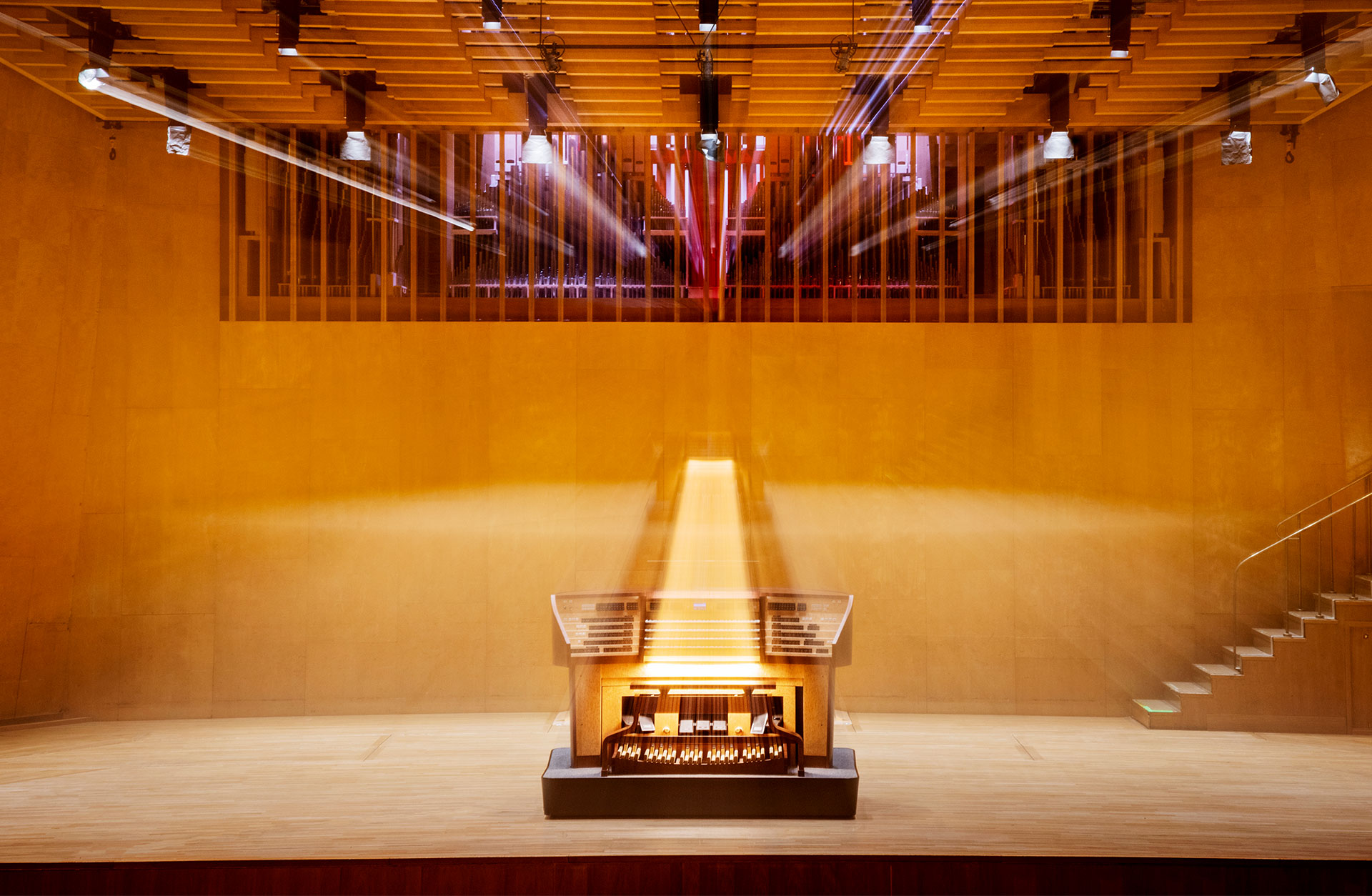
Get to know the organist Bine Bryndorf.
Get to know some of the classical pieces.

Here you will find all the necessary information that you need to know about before your magical visit in the Concert Hall.
Invite yourself or someone you like to an experience for all the senses. Welcome to visit the Concert Hall's restaurant or one of our foyer bars.
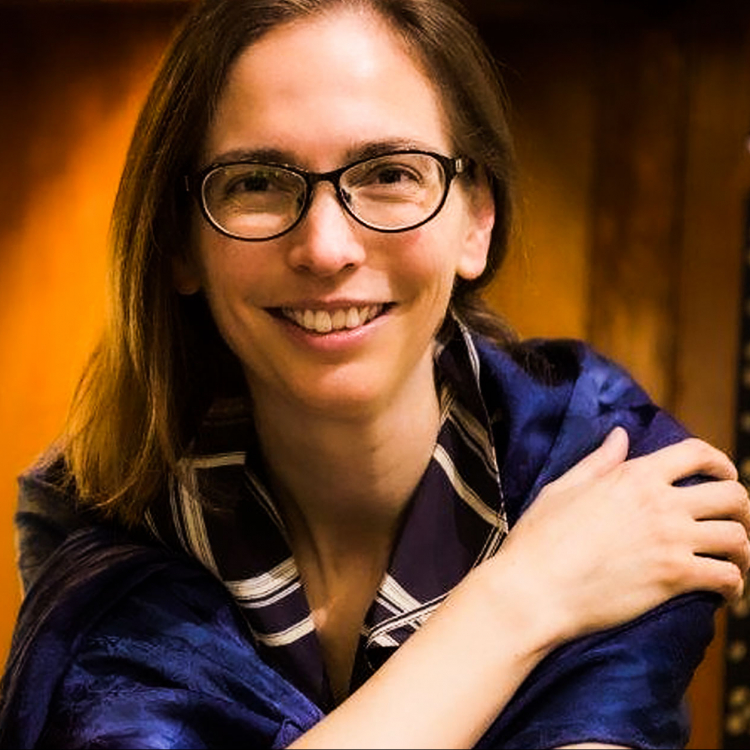
Danska organisten Bine Bryndorf spelar på orgelvärldens klenoder
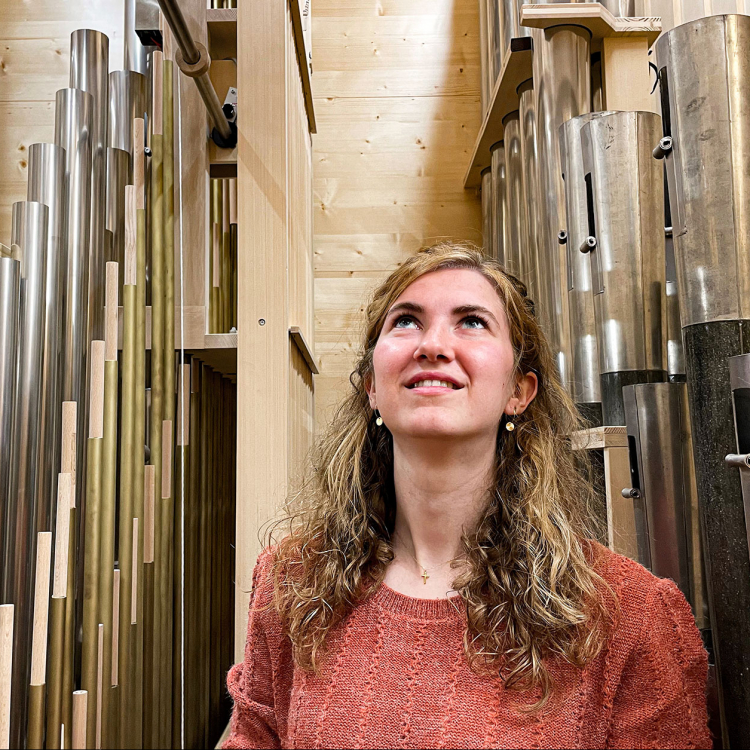
Vem har inte önskat sig en personlig tränare? Den nya konserthusorgeln har fyra stycken.

Historien om Rieger Orgelbau i Österrike
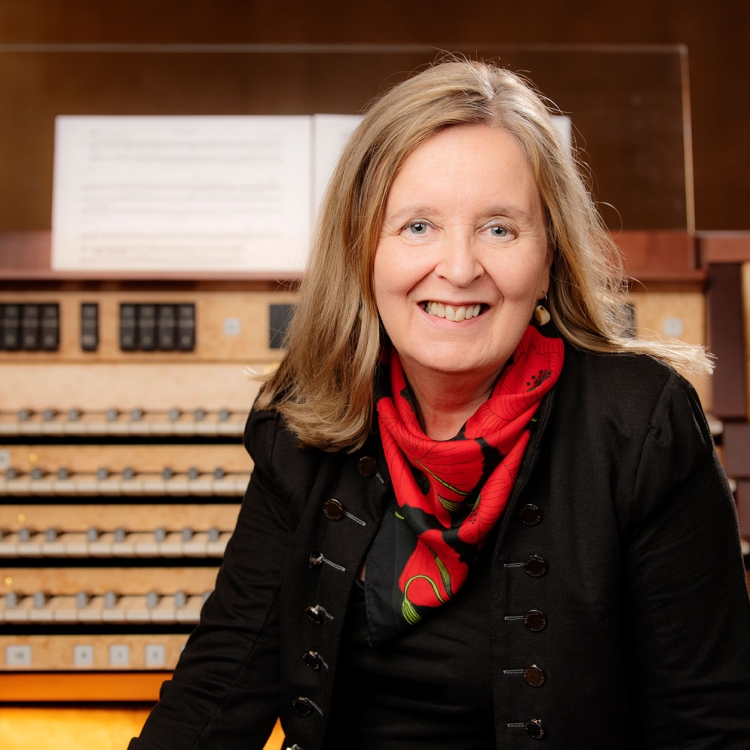
Mångsidiga Karin Nelson ser fram emot orgelinvigningen
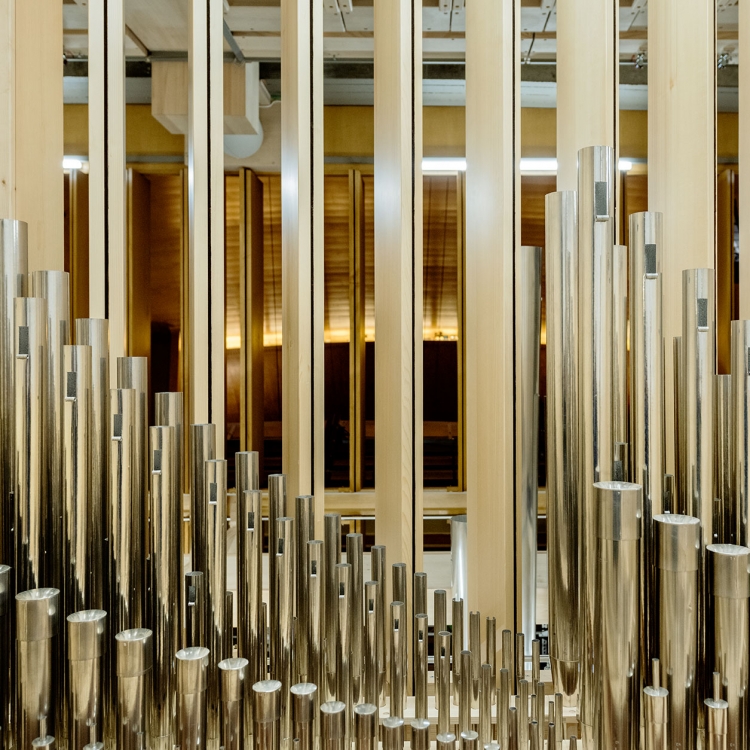
En exposé av orgelprofessorn, forskaren och projektledaren Hans Davidsson som under fem år ansvarat för projektet med den nya konserthusorgeln